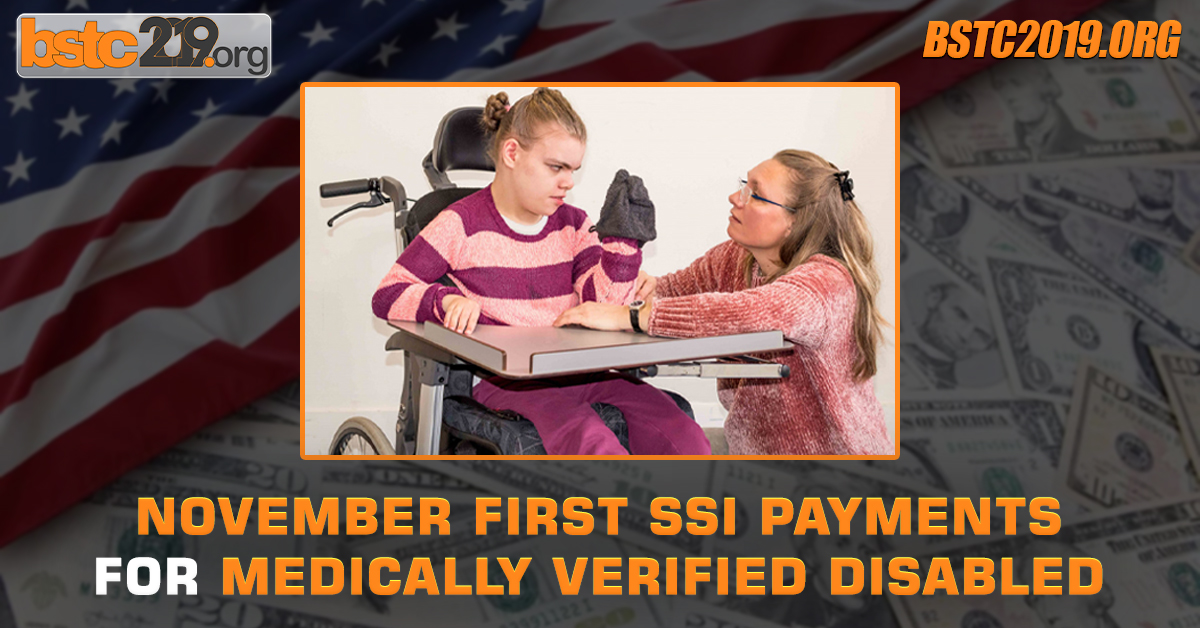Understanding November First SSI Payments and Eligibility Requirements

What Is Supplemental Security Income (SSI)
Supplemental Security Income is a needs-based program designed to assist low-income seniors and individuals with disabilities. Funded by general taxes, not Social Security taxes, SSI ensures beneficiaries have money for food, clothing, and shelter. Payments are standardized across states, though some states offer additional benefits.
The program is managed by the Social Security Administration (SSA). Monthly payments depend on individual income and resources. To apply, you must demonstrate financial need, a challenge many face. Understanding budgeting under SSI is crucial for effective financial planning.
Determining SSI Eligibility for the Disabled
Eligibility for SSI requires meeting strict criteria set by the SSA. You must have a medically verified disability, be blind, or aged 65 or older. Disability here means a significant impairment lasting at least 12 months or expected to result in death.
Financial limits also apply. Your income and resources must fall below certain thresholds. For instance, individual resources cannot exceed $2,000, and for couples, the limit is $3,000. Income includes wages, benefits, and other sources, with some exclusions.
To determine eligibility, the SSA uses detailed criteria, ensuring those most in need receive support. Accurate documentation and regular updates to your situation are important throughout the process.
November First SSI Payments Overview
Importance of the November 1 Payment
The SSI payment for November 2024 is scheduled for November 1st, a significant date for those depending on these funds. This payment supports individuals whose income is limited, making it essential for covering necessary expenses such as food, housing, and healthcare.
Since SSI is directed toward people with disabilities and the elderly who have limited resources, the timing of this payment plays a critical role in their financial planning. Receiving the payment on the first of the month allows beneficiaries to manage bills and expenses efficiently.
Assessing the Impact of COLA on SSI Payments
The Cost-of-Living Adjustment (COLA) for 2025 introduces a 2.5% increase, which directly affects SSI payments. This adjustment aims to offset inflation, allowing recipients to maintain purchasing power despite rising costs.
SSI beneficiaries will notice this change in their check amounts, reflecting the increased COLA. The increase is based on specific factors such as the consumer price index, which measures inflation. By aligning payment adjustments with inflation rates, COLA helps protect beneficiaries from losing value on their benefits due to economic fluctuations.
November First SSI Payments Schedule and Adjustments
Regular and Extra Payment Dates
SSI payments typically arrive on the first business day of each month. This regular schedule helps you plan your finances. In 2024, something unusual occurs. You will see two SSI payments in November because of the way the calendar falls. Your November payment will arrive on November 1. An extra payment, which is your December benefit, will come on November 29.
Adjustments Due to Federal Holidays
Sometimes, SSI payment dates change because of federal holidays or weekends. If the first falls on a weekend or a holiday, you receive your check before the month ends. This ensures no delays in your benefits. Understanding these potential shifts helps you manage your financial planning better.
Managing Monthly Benefits for Recipients for November First SSI Payments
Maximizing Social Security Benefits for Retirement
To maximize your social security benefits, consider timing your retirement carefully. By delaying your retirement until age 70, you can increase your benefits significantly. Review past earnings and ensure they reflect your highest-earning years as Social Security calculates benefits based on your top 35 years of earnings.
How Recipients Can Utilize SSI for Daily Living
For SSI recipients, careful budgeting is vital. Calculate monthly expenses such as rent, utilities, and groceries to allocate your benefits effectively. Leverage community resources, including food banks, housing assistance, or healthcare services, to help reduce living costs.
FAQ’s About November First SSI Payments
- What determines eligibility for SSI disability benefits?
Eligibility depends on a medically verified disability and meeting income/resource criteria. - Can SSI recipients receive additional benefits like food stamps?
SSI recipients may qualify for additional programs, such as SNAP, although eligibility varies by state. - Are there multiple SSI payments in a single month?
In certain months, like November 2024, recipients may receive two SSI payments due to calendar adjustments.
